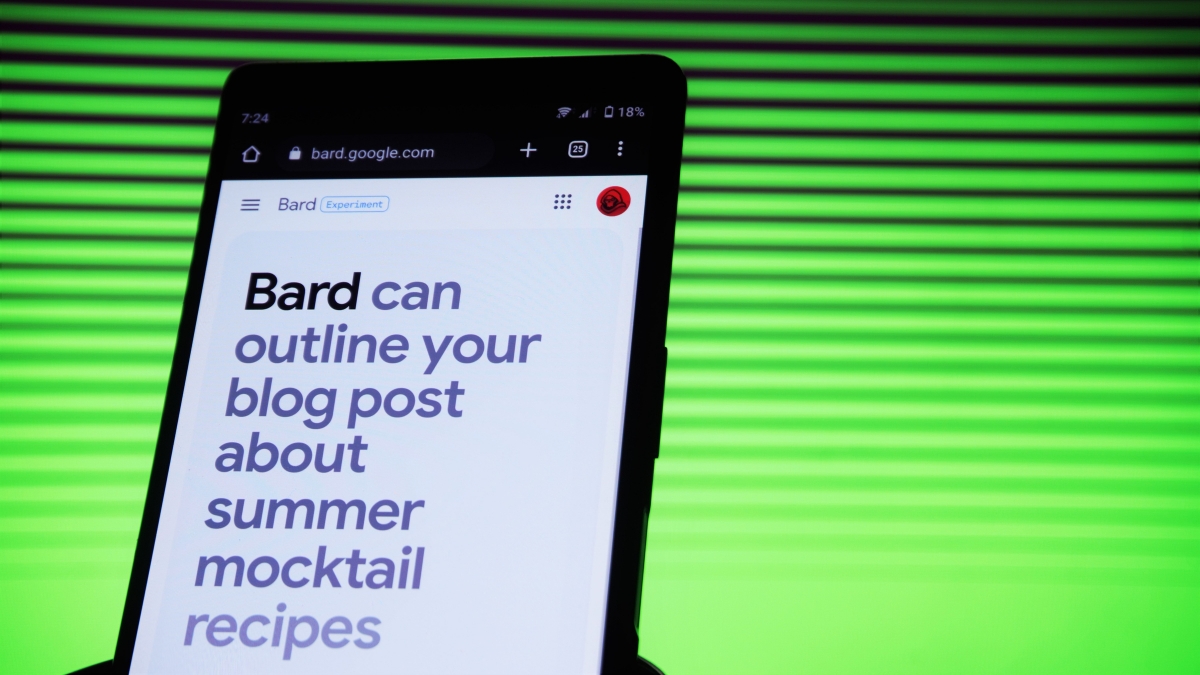- By Vikas Yadav
- Sun, 02 Apr 2023 01:42 PM (IST)
- Source:JND
SEARCH giant Google is planning a 2.0-like makeover to its chatbot. The new Bard is set to go from the current LaMDA to PaLM model in the upcoming time for enhanced capabilities, Sundar Pichai, Google CEO, shared with Hard Fork, a New York Times podcast.
Pichai added that the "lightweight and efficient version of LaMDA" was used during the experiments in Bard. He further hints at a more capable model in future. This comes in the background of Microsoft's AI-powered Bing using GPT-4 in its browser to woo its users.
"Pretty soon, maybe as this goes live, we will be upgrading Bard to some of our more capable PaLM models, so which will bring more capabilities, be it in reasoning, coding. It can answer math questions better. So you will see progress over the course of next week," the CEO adds. The gap in implementation is because of the priority of better optimisation over a hurried intro.
Pathways Language Model (PaLM) is a 540 billion parameter, dense decoder-only Transformer model trained with the Pathways system, Google Research Blog mentions. "We are all in very, very early stages. We will have even more capable models to plug in over time," he adds.
Upon questioning his use cases of generative AI tools, Pichai takes the listener down the memory lane. He and his son first played with LaMDA around two years back when it was set to go live in the I/O event. "What do I do with my dad on an 80th birthday?' quizzed Pichai to the model. It replied he should make a scrapbook.
On a question concerning OpenAI and its famous chatbot, he credits the team (including people who worked at Google before) for ChatGPT as a product market fit.
Back to the present, Bing AI is a product of Microsoft's investment in OpenAI to bring the blazing tech of GPT-4 into its browser. The upgraded browser has been on fire since it got supercharged by AI. After slogging initially, Google aims to tackle it and bring its search engine into the picture. The tech giant's product Bard is accessible after joining a waitlist in the US and UK.

